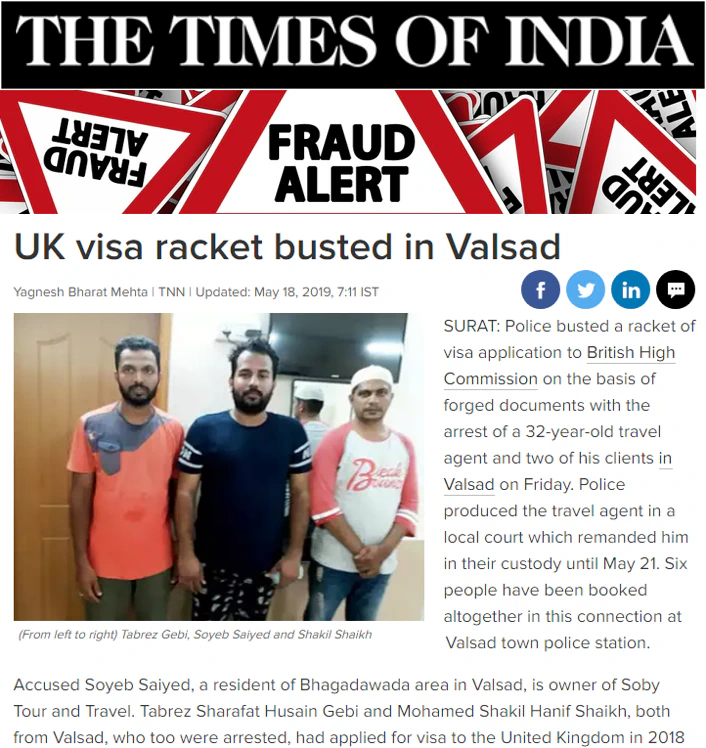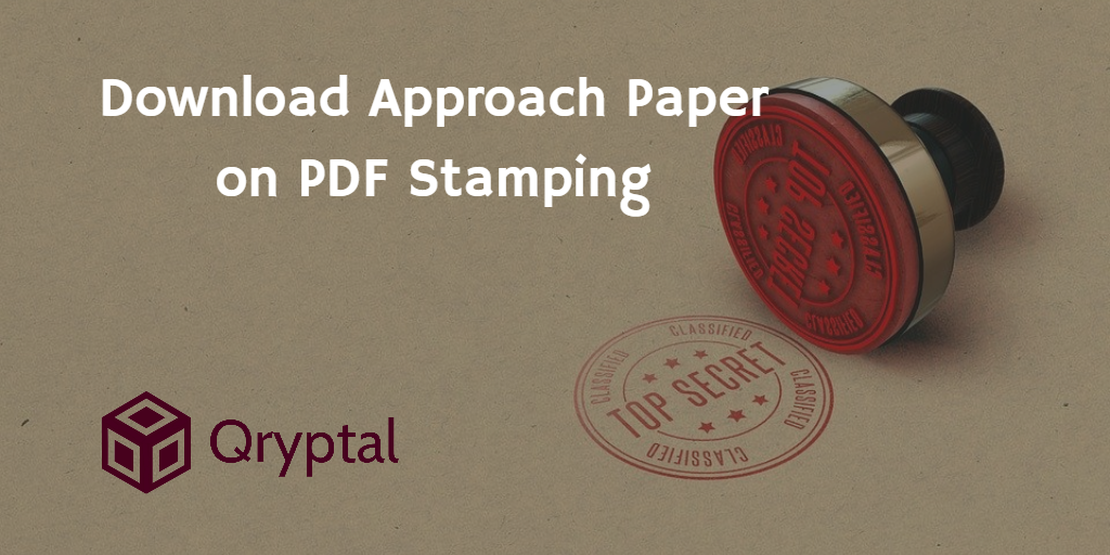How can immigration authorities get better at making Passports and Visas tamperproof
- Rajesh Soundararajan
- May 20, 2019
- 5 min read
Why are Immigration Authorities not proactive in preventing fraud?
Why would immigration agencies not take simple preventive steps to guard against frauds?
It is just another day and another immigration fraud. Over the last decade falsifying immigration documents has only increased exponentially. Moreover, immigration authorities are finding it tough to curb these

Timesofindia - visa-racket-busted-in-valsad
It is not that technology is not available to curb such frauds. Technology is a double-edged sword. While fraudsters use easy access to better technology to falsify immigration documents to try to get illegal immigrants into new countries, the advancements in technology also enable authorities to detect and counter these attempts. We will explore how that can be done.
What could be stopping the authorities or making the adoption of new technology slow ?
Before that, let us ask if they have an intent to arrest this fraud. We would think the answer would be and should be a thumping ‘yes’. Why then are steps not being taken quickly towards fixing this?
We do think that there may be three reasons that could be affecting the adoption of appropriate mechanisms which can help immigration authorities.
Integration with existing systems: When immigration authorities want to incorporate technology or solution, they have to ensure that this technology is compatible and easy to integrate with their existing/ legacy complex systems. This may be easier said than done. Legacy systems have their complications and integration issues, and modern technology connecting to them would require probably much rewriting of code and order of the core program structure. It could be one of the biggest reasons for not adopting new technologies.
Authentication across global verification systems: Immigration documents must be standardized and made readable and verifiable across the world. The technology that they have adopted should allow for seamless integration with networks across the globe (use across airports and countries) so that it is useful and beneficial. This requires some careful consideration and testing before a final recommendation or decision to incorporate the new features/technology.
Security and Privacy of Data: Another key area, is the security aspect - the danger of allowing access to important and private data, even if only for verification. Making critical information available online has its trade-offs, including the possibility of being hacked or tampered by hackers and malicious elements. Moreover, not only does this encoded valid, genuine information needs to be available online and have an audit trail; the same information needs to be translated into physical documents, including visas and passports. Achieving this sort of seamless integration and visibility is both critical for any solution to succeed.
Having said that, what are the options available?
At the bare minimum, any choice of solution would need to cover these three aspects, translating to the following guidelines.
Minimum rewriting of the code/redesign of existing systems: The solution would need a technology that is easy to integrate and connect to the existing systems without complications or a lot of code rewrite. It would require a minimal amount of re-writing or going into the redesign of the current systems.
Follow Global Standards of document verification: Any proposed solution would also need to follow global standards and allow for easy adoption and ease of use across the world. It should be easy to check the authenticity of the document by immigration authorities across the globe, as well as by airline and other counter staff at airports and in fact by any other third-party verifiers. This would be possible only if there is a capability that helps authentication or an extremely lightweight software or applications or apps are used, that could be easily installed in the client systems and can still authenticate the documents issued all over the world.
Ability to validate online and offline: Finally, such a solution would need to be available both online and in a printed format. It should be possible to verify all the information by a simple scan of the document itself using common devices such as smartphones, bar code scanners, etc.
Is this a big ask?
Much as this seems like a big ask, and possibly within reality, the solution can be relatively simple. This elegant solution can fit in as less than one square inch of space on a document and yet can carry the highest level of verifiability and authentication, both online and offline.
Yes, we are talking of the ubiquitous QR code solution (with adequate security built in)that is scannable and verifiable across many devices including regular smartphones. It makes validation of immigration documents as well as on paper. A secure QR code solution for documents is also extremely safe and makes it impossible for fraudsters to tamper or attempt forgery of these documents. Since such a QR code is verifiable even with smartphones using a right ‘app,’ there is little or no need for any complicated Integration mechanisms for checking the document anywhere across the world.
Qryptal passport security QR code solutions and visa security QR code solutions are readily available having been designed to address this problem with minimal implementation time and fastest adoption for immigration authorities across the world.
If you are a government or involved in the travel and tourism industry, or if you know of anyone that would be interested in this solution, please reach out to us or connect us with them. We can help them to understand, plan for and implement such a solution.
You may also want to read
- Bulgarian passport scam
- The technology that makes immigration documents secure
- Email, Twitter, Download: PDF Stamping Approach Paper
